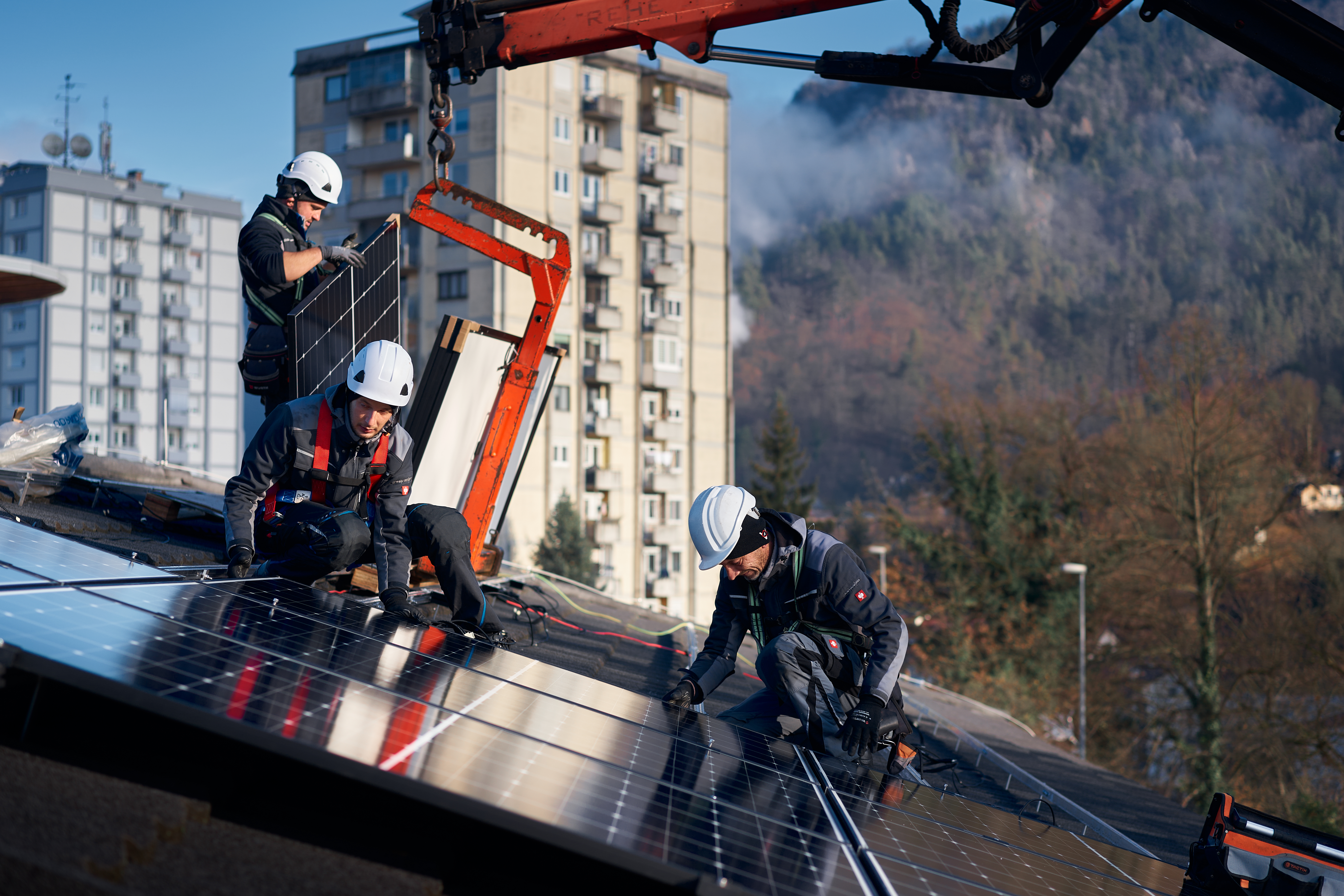We need to urgently decarbonise energy systems, but it must be done justly for all. This energy transition must consider local technological, economic, and political conditions. Inclusive and non-profit energy communities have great potential to contribute to an equitable energy transition.
Solar School Hrastnik (SSH)
Kdo stojí za projektem: Energetska zadruga Zeleni Hrastnik, z.o.o. / Energy cooperative Green Hrastnik
Odpovědná osoba: Boštjan Remic

2024
Cena 2 000 euro
SL
Občanská společnost / Sociální podnik
Životní prostředí
Místní rozvoj

We need to urgently decarbonise energy systems, but it must be done justly for all. This energy transition must consider local technological, economic, and political conditions. Inclusive and non-profit energy communities have great potential to contribute to an equitable energy transition.
Households, municipal public institutions, and local businesses created the energy community by joining the cooperative Zeleni Hrastnik. The energy is self-sustained, generated, and distributed to the community from renewable sources. Members of the cooperative collectively own the solar power plant.
Electricity costs are significantly lower in the community. Consumers also become producers and, thus, prosumers. The cooperative members manage their community resources democratically while sustaining their local community and the environment.
The entire model of cooperative self-consumption is transferable, but local conditions must be considered. Legislative frameworks are important, but social and political conditions also play a key role. The Solar School Hrastnik model is currently used in other municipalities in Slovenia; it is also suitable for groups of people.

